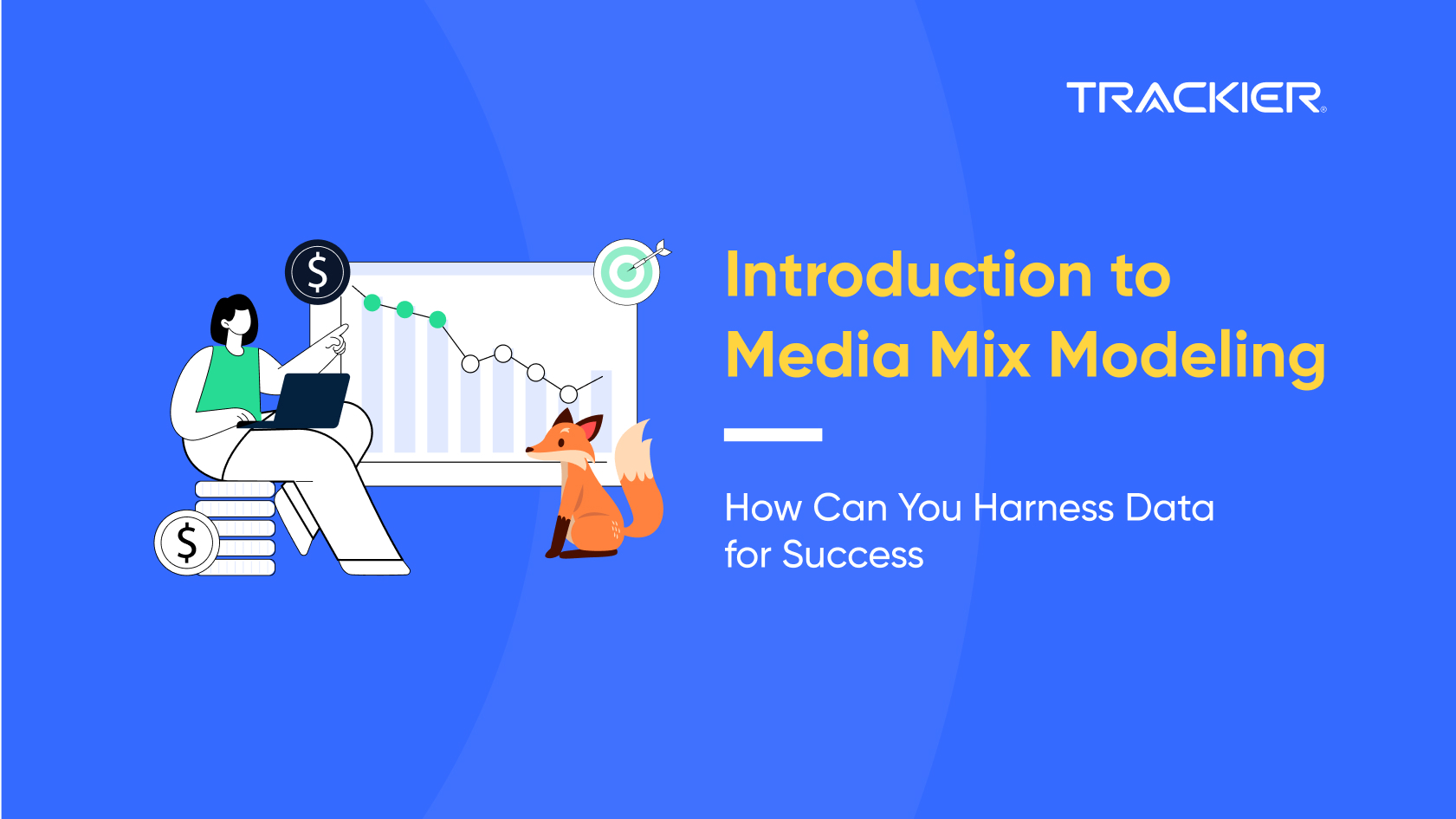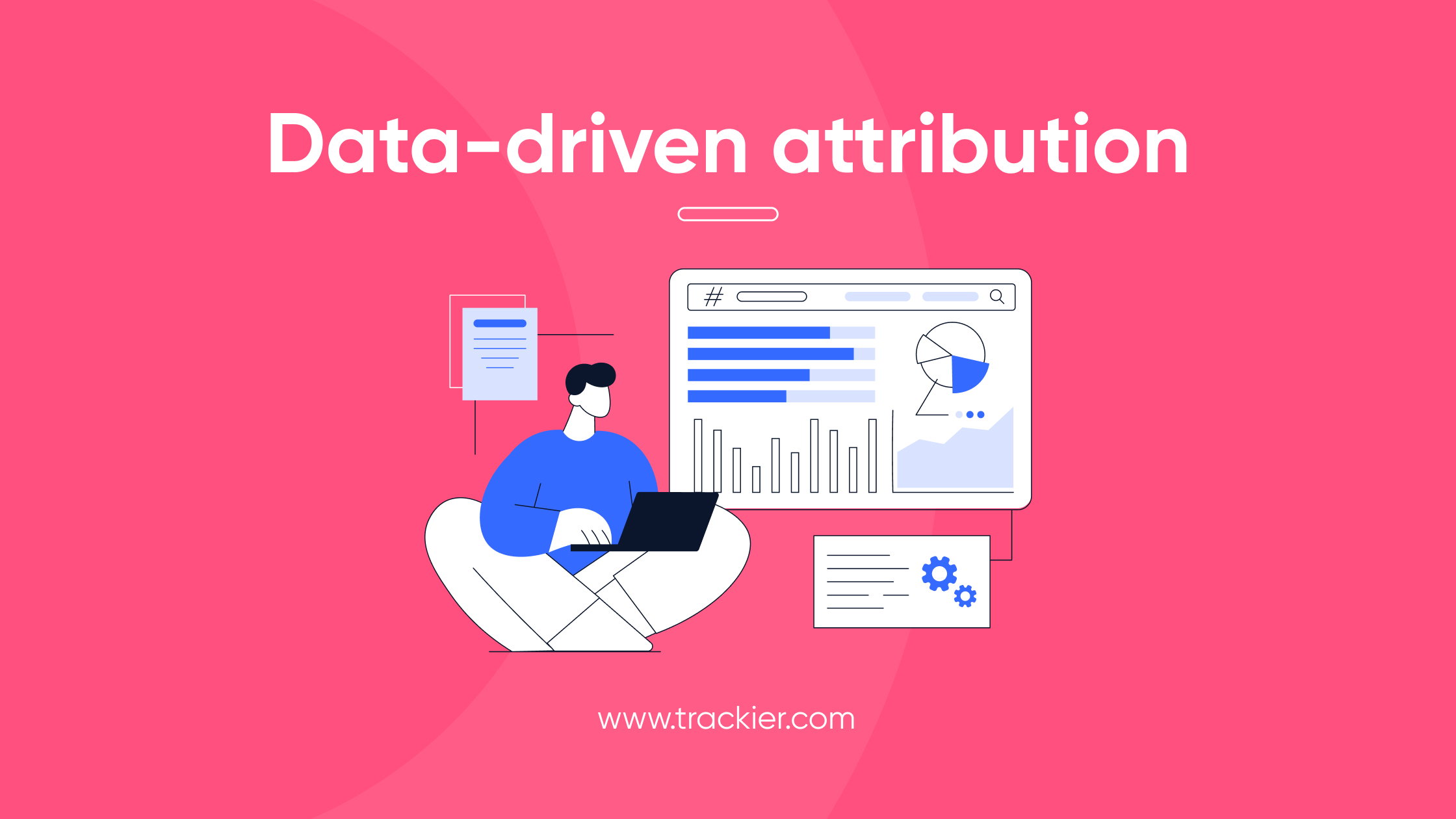The current fast-paced world, interlocked in the entire globe, brings the importance of media to drive consumer perceptions as well as growth for business houses. When firms try to achieve their target audience appropriately, then this powerful strategy- the Media Mix Marketing Model, in combination with diverse media channels creates a well-coordinated as well as effective brand presence.
In this blog, we delve into the intricacies of the Media Mix Marketing Model, exploring its components, benefits, and best practices to achieve holistic brand success.

Understanding the Media Mix Marketing Model
The Media Mix Marketing Model refers to the strategic allocation of a brand’s marketing budget across a variety of media channels to optimize reach, engagement, and conversion.
This approach, instead of depending on a single platform, such as television or social media, embraces a diverse range of channels that complement each other, creating a synergistic effect that enhances the overall impact of the marketing campaign.
Components of the Media Mix
- Traditional Media includes traditional media with the likes of television, radio, print and outdoor advertising. Traditional media allow wide visibility but are more impactful in reaching more matured demography or other broader audiences.
- Digital Media involves online channels of websites, social media, search engines, and email marketing together with display advertising. The channels of digital media facilitate higher precision and real-time analytics and interaction with a worldwide audience.
- Social Media: The advent of Facebook, Instagram, Twitter, and LinkedIn has provided a direct communication line with the consumer, through which brands can have meaningful conversations and build lasting relationships.
- Content Marketing: Content marketing is a type of marketing that involves creating and sharing valuable, relevant, and consistent content to attract and retain a clearly defined audience. This can include blog posts, videos, infographics, and more.
- Influencer Marketing: Partnering with a good number of influencers within your field can help amplify your brand’s message, win and gain trust, and hit the niche markets more effectively.
- Events and Sponsorships: Involving or sponsoring events will help your brand connect with a captive audience, demonstrate products, align with causality, and reverberate with their themes.
How Does MMP Help You Reshape Your Strategies Using Media Mix Modeling?
Benefits of the Media Mix Marketing Model
- Broader Reach: Using many channels can ensure reaching the diversity of the audience. You might get to some of the probable customers more frequently.
- More Engaging: Varying different types of audiences’ needs are satisfied through a range of platforms. You’re bound to gain interactivity while getting into several deeper interactions.
- Improved ROI: Careful allocation of resources based on the effectiveness of each channel ensures that your marketing budget is utilized efficiently, yielding a better return on investment.
- Adaptability: In a rapidly evolving media landscape, diversification allows your brand to adapt quickly to changing consumer behaviours and emerging trends.
- Message Consistency: A well-coordinated mix of media communicates the same brand message from all the channels, which can strengthen the brand and remind people of the brand.
Implementation of Best Practices for the Media Mix Marketing Model
- Audience Analysis: Understating the habits, behaviour, or preferences of the target audience to tailor the mix.
- Clear Objectives: Creating specific goals in each media channel. The goals could be building awareness, driving sales, or building engagement.
- Measurement and Analytics: Continuously track and review data for all channels to track their performance to make necessary adjustments to your media mix.
- Budget Distribution: Allocation of the marketing budget to make sure it meets the possible reach, impact, and cost efficiency of every single channel.
- Message Integration: Ensure a united brand message as well as the visual identity within all media to enhance the trust and recognition built by the brands.
Conclusion
The Media Mix Marketing Model depicts a dynamic approach, acknowledging that there is always diversity in media and different ways to consume content among consumers. Leverage a blend of traditional channels and digital means, and build a multi-dimensional brand experience among your target group. As business firms continue to run against the constantly changing marketing landscape, embracing the power of the media mix provides a strategic move toward comprehensive brand success, consumer engagement, and sustainable growth.








